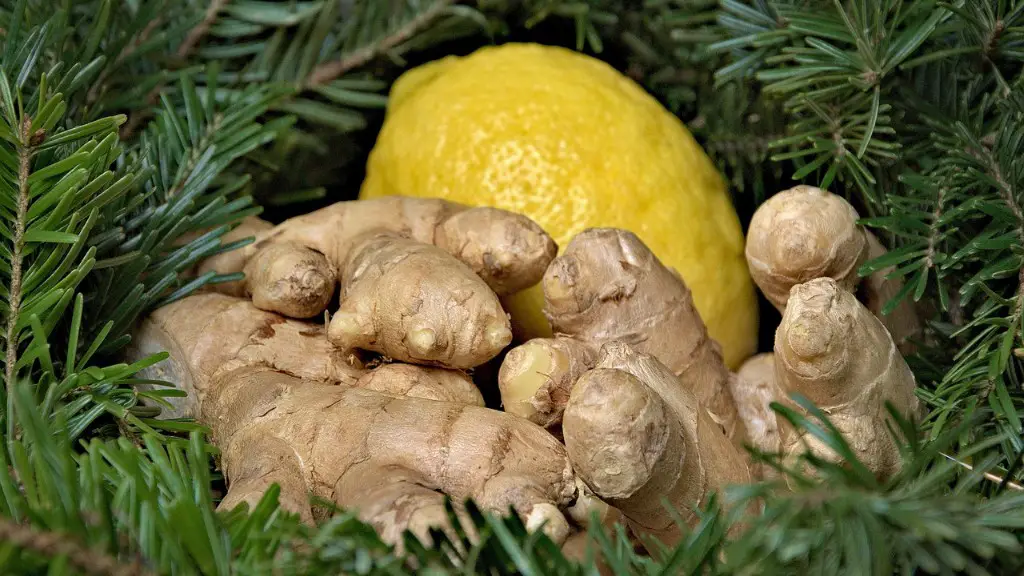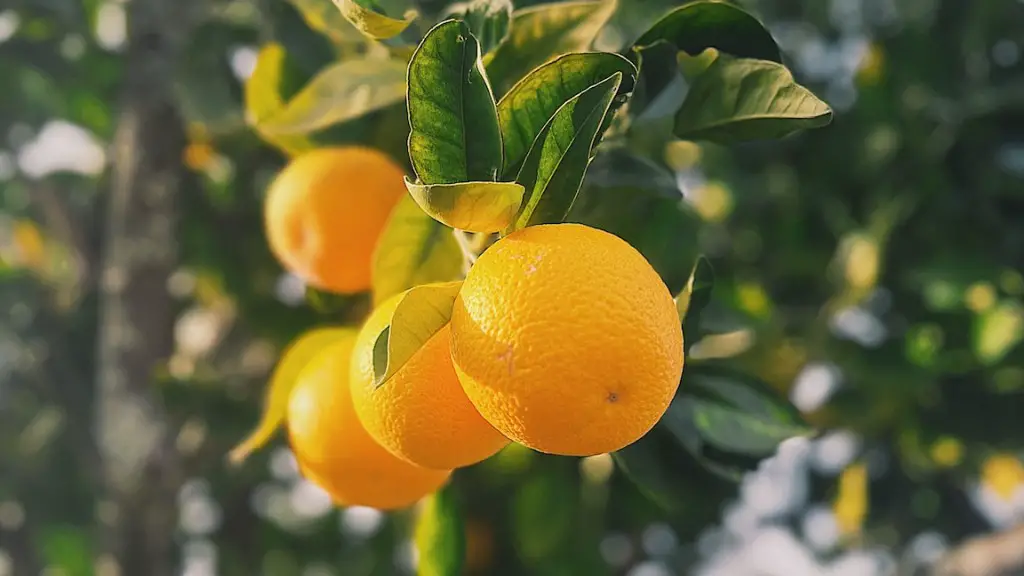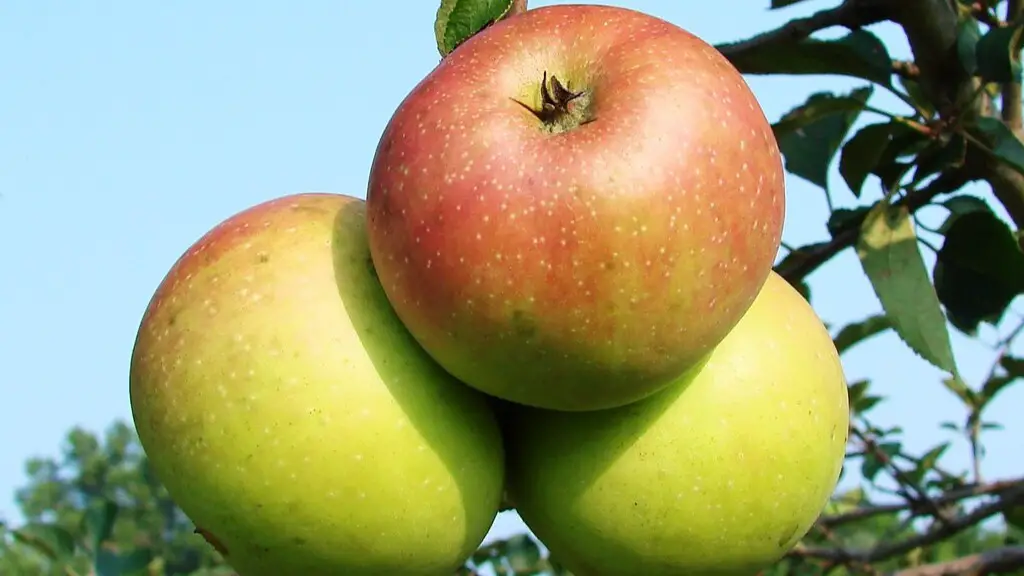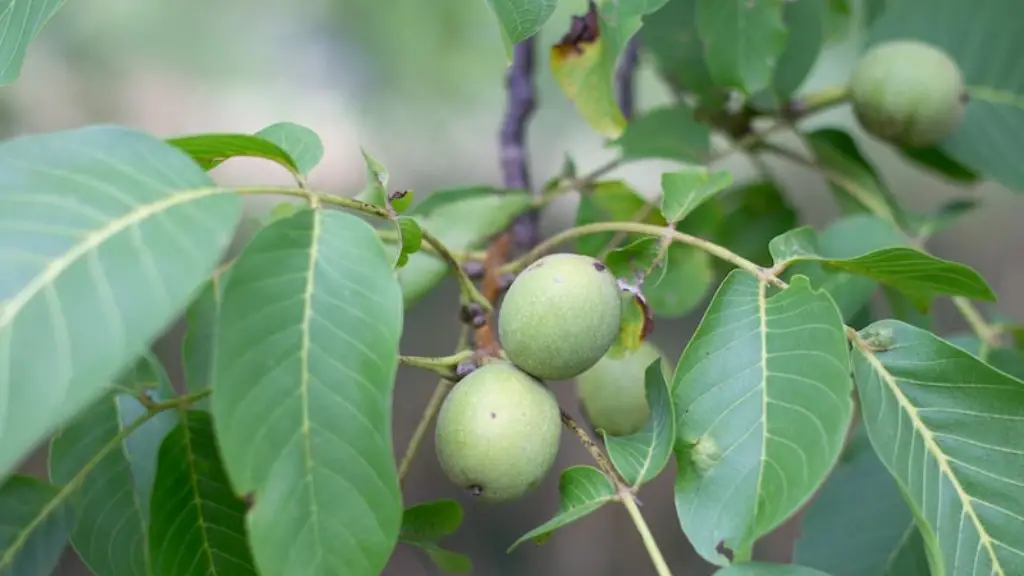Dwarfing lemon trees is an excellent way for amateur gardeners to bring a lemon-growing experience to their yards or even indoor spaces – with far less hassle. Whether nurtured in a container or planted in the ground, the method for dwarfing lemon trees is the same, and creating a potted lemon tree of reduced size is surprisingly straightforward.
The process begins by choosing the right variety of lemon. Some Varieties, such as Eureka, are exceptionally large and fast-growing. Purchasing a miniature variety, e.g. ‘Meyer’, is better for producing a dwarf lemon tree. After selecting the tree, a pruning technique called ‘root pruning’ is used to restrict growth, keeping the tree to the desired size.
Depending on the size of the container, root pruning can be achieved in two ways. If the container is too small to allow for any cutting back, the tree should simply be left in the same pot and regularly trimmed to the enthusiastic gardener’s desired size. Larger pots allow for root pruning, which requires the tree to be removed from its pot, some of the soil lightly removed, and the roots pruned with sharp garden sheers. If in doubt, cutting ¼ to ⅓ of the roots should suffice.
To complete the pruning process, the roots should be lightly rinsed of excess soil, spread out evenly in the pot, and trimmed off if too long. Then, the tree should be placed back in the container, and filled with a quality potting mix. A slow-release fertilizer, like 10-10-10, should be added to encourage healthy growth.
Lastly, the tree should be watered regularly and abundantly, but it’s also important to allow at least a day of drying between waterings to avoid over-saturation of the soil. With patience, the gardener should enjoy a smaller, more manageable lemon trees that may easily be transferred from pot to pot.
Soil Fertility
Understanding the soil fertility of the space in which the dwarf lemon tree will be planted is very important for its growth and development. Ideally, the soil should be fertile, organic, and able to hold moisture well. It is possible to buy organic lemon tree fertilizer specifically designed to provide the essential minerals and trace elements needed. Alternatively, compost, worm castings, and plant compost can also be added in order to enrich the soil.
To check the fertility levels of the soil, a soil pH test can be carried out. A simple test can be bought from most local garden centers, which will provide an accurate pH reading, in addition to information pertaining to specific soil fertility requirements.
Use of Mulch
Using mulch around the lemon tree is important for controlling weeds, conserving soil moisture, and insulating the soil from excessive temperature change. The mulch should be spread evenly over the soil up to a 3- to 4-inch depth, excluding from around the truck of the tree. Mulch can also improve soil fertility and reduce the likelihood of soil-dwelling pests.
In terms of the type of mulch, organic materials such as bark, wood chips, sawdust, and straw are the best for maintaining healthy soil composition. It is important to note that very fine mulch such as sawdust can bind together, leading to poor water penetration. If using this type of mulch, mix it with a coarser material to prevent this.
When adding mulch to the soil, place it directly onto the top of the soil surface and make sure to avoid placing it directly against the truck to prevent a build-up of moisture. Irrespective of the type of mulch used, it should be regularly maintained, replenished, and grown to prevent disease.
Temperature & Light
The temperature and light within the area in which the dwarf lemon tree will be planted should also be considered. Lemon trees grow best in mild Mediterranean climates with relatively humid air, with temperatures ranging from 65-85°F (18-25°C). In terms of light, choice of location is very important. Dappled to full sun and some protection from cold winds is the best choice for the durability and health of the tree. Heat runs the risk of scorching the fruit, leaves, and flowers.
Protection from excessive shade is also important, as too much shade can reduce the flowering of the tree and limit the size of the fruit. To prevent excessive shade it is best to keep the trees and regular levels of trim as to maintain an even-balanced route system.
If the area in which the tree is planted experiences colder temperatures in wintertime, it is worth packing the tree in insulated with straw, sacks, and blankets. It is also advisable to keep the soil permeable and well drained, as this will reduce the likelihood of cold damage.
Training & Pruning
Frequent pruning can also be important in controlling the size of the dwarf lemon tree. Pruning should be carried out when the tree has become dormant in wintertime and should be done on a weekly to monthly basis. An important aspect of pruning is to remove any inward or crossing branches that may inhibit the tree’s growth or development.
It is also important to prune away any dying or diseased stems and leaves, as this will allow more airflow and reduce the risk of further fungal spread. It is also important to leave 1/3 to 1/2 inch of leaf buds following pruning to ensure the tree remains in a healthy condition. Pruning is key to the maintenance and development of dwarf lemon trees.
Watering & Feeding
Watering and feeding your dwarf lemon tree is key for its growth, flowering, and fruiting. Water should be added to the soil when it begins to show signs of dryness, whilst also making sure to keep the soil evenly moistened. The water should also be applied deeply and evenly to avoid stress caused by uneven hydration.
Regarding feeding, fertilizer should be added every two to three months in spring and summer to maintain soil fertility levels. A slow-release fertilizer such as citrus potting mix or a 10-10-10 fertilizer can be used. If introducing organic mulch and compost, this should be done during the flowering and fruiting periods to maintain soil fertility levels.
Pest Control & Disease Management
The prevention and management of pests and diseases is another key aspect of dwarf lemon tree maintenance. Commonly seen pests and diseases include aphids, ant infestations, mealybugs, root rot, and fungal diseases. If signs of pests or diseases are visible, immediate action should be taken.
If pests are spotted, it is recommended to use insecticidal soap or other natural pest-effecting treatments. In the case of diseases, it is best to remove any affected areas and treat with a fungicide. Also, many fungicides encourage healthy blooming and fruiting, providing an added advantage for gardeners.
Harvesting & Storing
When harvest season arrives, it is important to allow the fruit to develop fully and become yellow in color. Treat the fruit delicately when harvesting, as the skin is often very thin. When storing, wrap the fruit individually in wax paper and store in the fridge set to a higher humidity setting. The fruit should keep for up to three weeks.
When harvesting citruses, it is also important to leave some of the fruits on the tree to avoid weakening or deranging growth. It is also essential to remove any damaged fruit in order to avoid the spread of fungal diseases.




